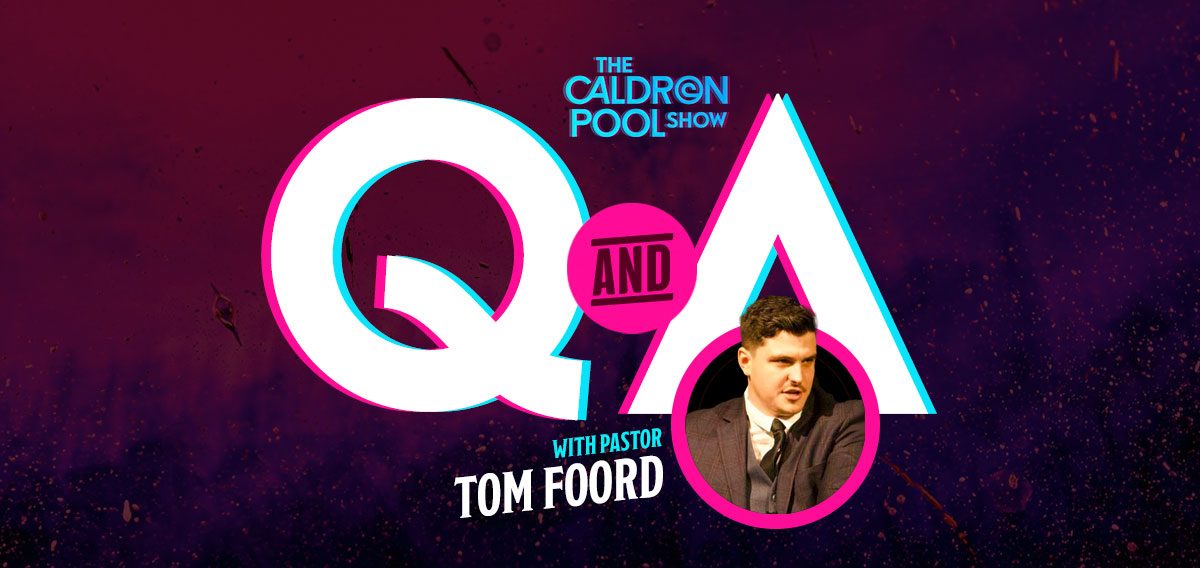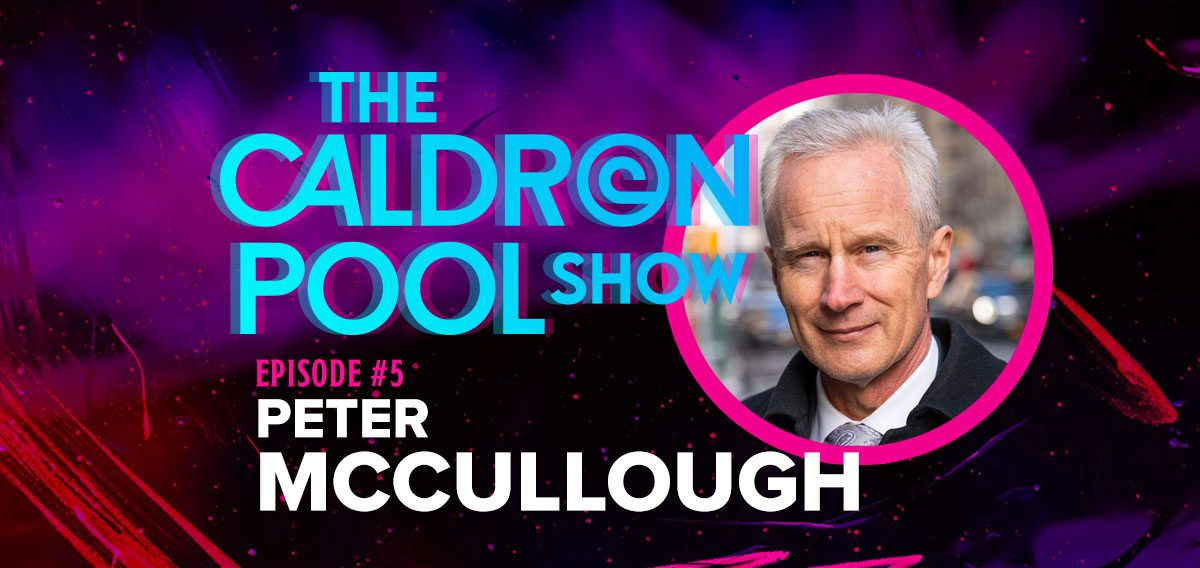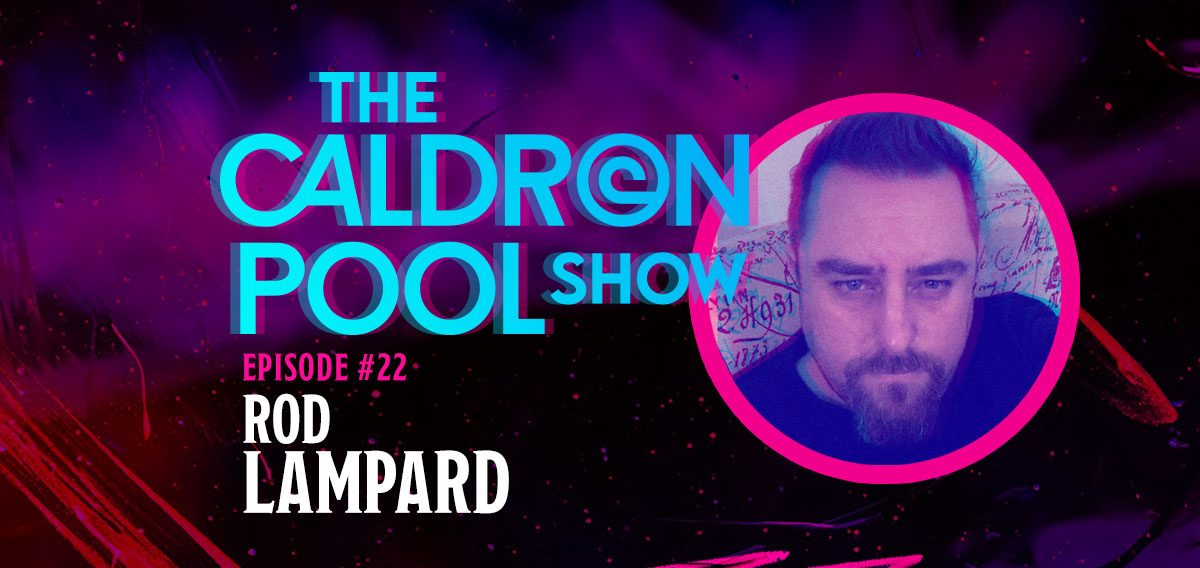Many people in the Christian Church have wondered how the Old and New Testaments are to be connected. Partly this is because of the widespread teaching of the German liberal Protestants who had no idea how to tackle this issue. One of the few who was not personally anti-Semitic was Adolf Harnack whose famous lectures of 1899 asked the question What is Christianity?
He answered in terms of the Fatherhood of God, the brotherhood of man, and the infinite value of the human soul, and had little time for the evangelical emphasis on the death and resurrection of the God-man, Jesus Christ. When he came to discuss the Old Testament, he declared: ‘What a blessing to the church this book has proved!’ However, he was quick to add that ‘there are many of its pages which exhibit a religion and a morality other than Christian.’ Indeed, he described it as ‘a menace to Christian freedom’.
Jesus’ view of the Old Testament was very different. As He explained to His disciples after His resurrection: ‘These are My words that I spoke to you while I was still with you, that everything written about Me in the Law of Moses and the Prophets and the Psalms must be fulfilled’ (Luke 24:44). He told His enemies the same thing, that the Scriptures (meaning the Old Testament Scriptures) ‘bear witness about Me’ (John 5:39). All God’s promises are ‘Yes’ and ‘Amen’ in Christ (2 Cor.1:20). Far from being embarrassed about this ancient Hebrew book, Jesus proclaims that the whole of the Old Testament points to Him as the Messiah, and His apostles endorse that claim.
Christ is the new Adam. In the old Adam, there is sin and death and judgment, but in Christ, there is righteousness and life and salvation (Romans 5:12-21). Adam is the man who failed before God; Christ is the man who was always well pleasing in His Father’s sight. To cite the Puritan Thomas Goodwin: ‘In God’s sight there are two men – Adam and Jesus Christ – and these two men have all other men hanging at their girdle strings.’ As John Donne said, ‘Adam sold the world.’ But we can add that ‘Christ came to save the world.’ Adam points to Christ, albeit in a negative way.
Moses points to a prophet who is greater than himself (Deut.18:15). Christ is the builder and ruler of God’s house whereas Moses is simply a servant within it (Heb.3:1-6). Jonah was the great prophet to the Gentiles who was buried, as it were, for three days, but in Jesus, there is one greater than Jonah (Matt.12:41). The Old Testament prophets spoke in the name of Yahweh: ‘Thus says the Lord’. God revealed His word to His prophets (Amos 3:7), but Jesus speaks on His own authority: ‘I say unto you’ (Matt.5:21-22, 27-28, 32, 34, 39, 44). Not only does Christ speak God’s Word – He is the very Word of God, and equal to God (John 1:1, 14).
The priesthood and the sacrifices also prefigure Christ. J. C. Ryle wrote that ‘A religion without a priest is a poor, unhappy, useless thing.’ The Old Testament priests were men who were ordained by God, but their fallenness meant that they were men who died (Heb.7:23-25). Also, their sacrifices first had to be for their own sins (Lev.4:3; 16:11), and then were repeated because the blood of bulls and goats and lambs can never take away sins (Heb.10:1-4). As Calvin says: ‘There could be nothing more silly and frivolous than to offer the fat and stinking entrails of beasts in order to reconcile oneself with God’. They were only ever shadows of the reality to come (Heb.10:1).
The Old Testament high priest was filthy with sin and stood in need of cleansing (Zech. 3:1-4). Christ, on the other hand, is our sympathetic high priest (Heb.4:14-16) who is sinless and so has no need to be cleansed. Rather, He cleanses (Heb.7:26). He is both priest and sacrifice – a priest forever (Ps.110:4) who offered a once for all perfect sacrifice (Heb.7:27; 9:12, 24-26; 10:10). Hence we sing the words of Isaac Watts:
Jesus, my great High Priest,
Offered His blood and died;
My guilty conscience seeks
No sacrifice beside;
His powerful blood did once atone,
And now it pleads before the throne.
To cite Calvin again: ‘the notion, that Christ is often offered, is a device of the devil’. Christ is the Lamb of God (John 1:29) who is also our Passover (1 Cor.5:7-8). The blood of the lamb – a lamb without blemish (Ex.12:5) and with no broken bones (Ex.12:46; see John 19:36 – protected Israelite households from the wrath of God (Exodus 12:7-10, 13, 21-23, 29-30). At the Last Supper, Jesus points out that this is the new covenant in His blood (Luke 22:20).
The temple in Jerusalem, which existed earlier as a movable tabernacle, also points to Christ. When the tabernacle was set up, the glory of God descended upon it (Ex.40:34-35). Billy Bray’s last word on earth before he died in 1867 was ‘Glory!’ Glory is where God is. This presence of God was confirmed at the beginning of the work of the Levitical priests (Lev.9:23-24). God consumed the penalty for sin and made His glory known. Then when the tabernacle became the temple under Solomon, the ark of the covenant was brought into the temple, and again there was glory (2 Chron.5:11-14).
But this was only in shadow form in the Old Testament. Something greater was coming. Even as Solomon prayed the prayer of dedication at the opening of the temple, he realised this (2 Chron.6:18; see too Isa.66:1). God promised that He would ‘tabernacle’ amongst His people (Lev.26:11-12), but when Israel sinned by trusting in the temple of the Lord rather than the Lord of the temple (Jer.7:4), God removed His glory from the temple (Ezek.10:18-19; 11:22-23). However, Ezekiel 40-48 prophesies that the glory will return (Ezek.43:1-2). So the glorious presence of God did return, in the most wondrous form. Christ ‘tabernacled’ amongst us and the apostles beheld His glory (John 1:14) as one who is greater than the temple (Matt.12:6; John 2:19-21). Therefore, there will be no temple in the new heaven and the new earth because, in different senses, the Father and Christ constitute the temple (Rev.21:22), and the whole place is, in effect, a temple – a perfect cube like the holy of holies in the temple (Rev.21:16).
In the Old Testament, God promises David a kingship that will last forever (2 Sam.7:13, 16). That is strong language. What kingdom is forever? The New Testament declares that there is a king forever – Jesus the Lord, ‘great David’s greater Son’, is the king of Israel and of God’s eternal kingdom (Luke 1:32-33; Hebrews 1:5). Christ is a greater king than Solomon, the most prosperous king of Israel (Matt.12:42). The king of Israel (John 1:49) is revealed as the king of the whole world (Matt.28:19-20) and indeed of the whole universe (Eph.1:20-22).
The Old Testament is not to be viewed as Harnack viewed it. God spoke in the Old Testament; it all comes from Him (Heb.1:1), but He spoke, to cite the paraphrase of the New English Bible, in ‘fragmentary and varied fashion’. Now He has spoken through His Son (Heb.1:1-2). As Bishop B. F. Westcott comments: ‘While the revelations of the Old and New Covenants are thus sharply distinguished, God is the One Author of both.’ The Old Testament revelation came from God, but it was the preliminary stage; it was incomplete; it looked ahead to something greater. In Christ, we see what the Old Testament saints longed for (1 Pet.1:10-12).

















